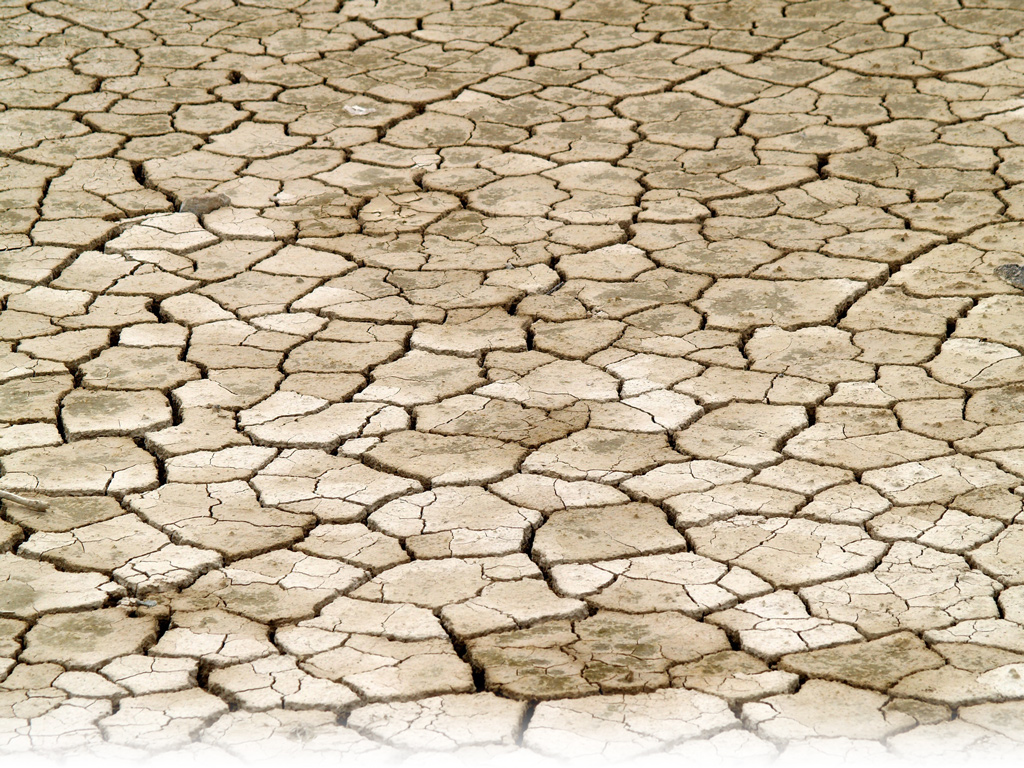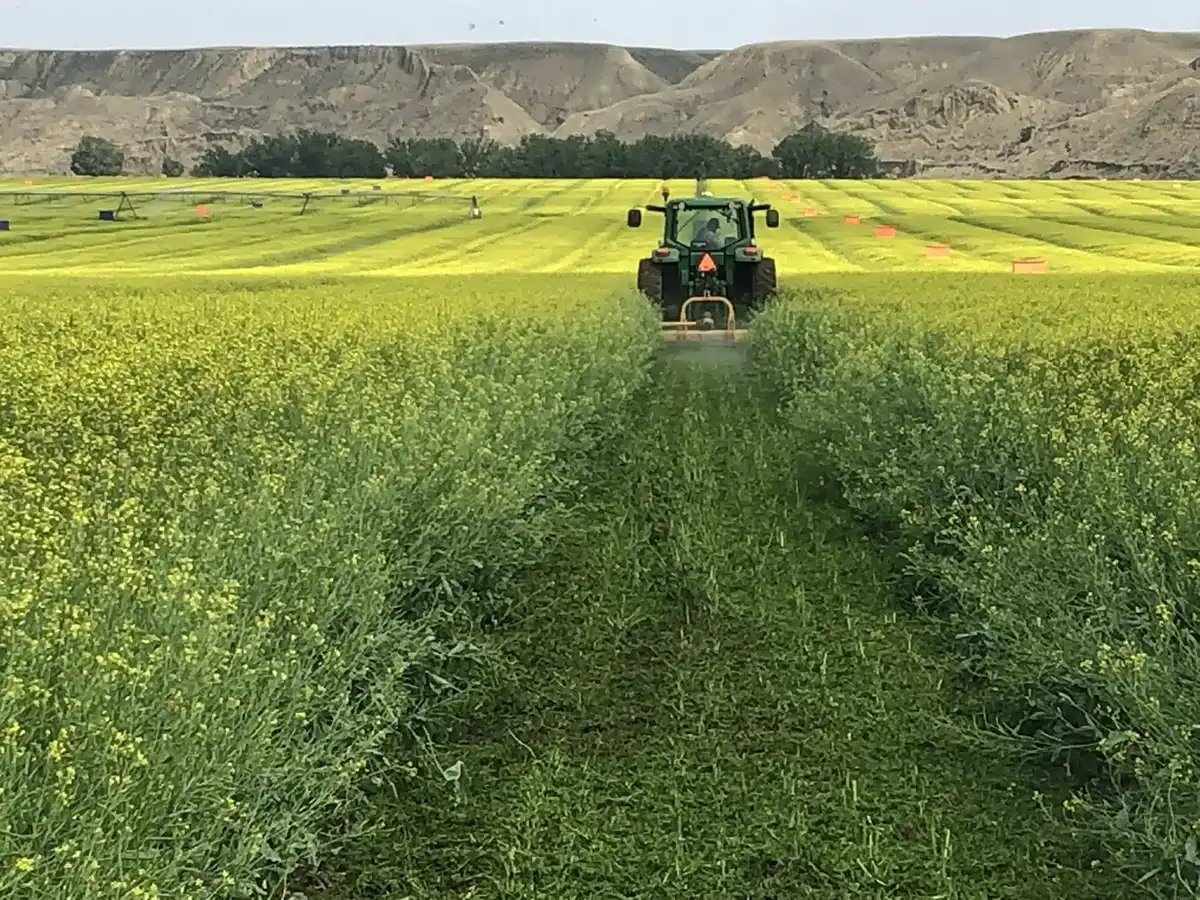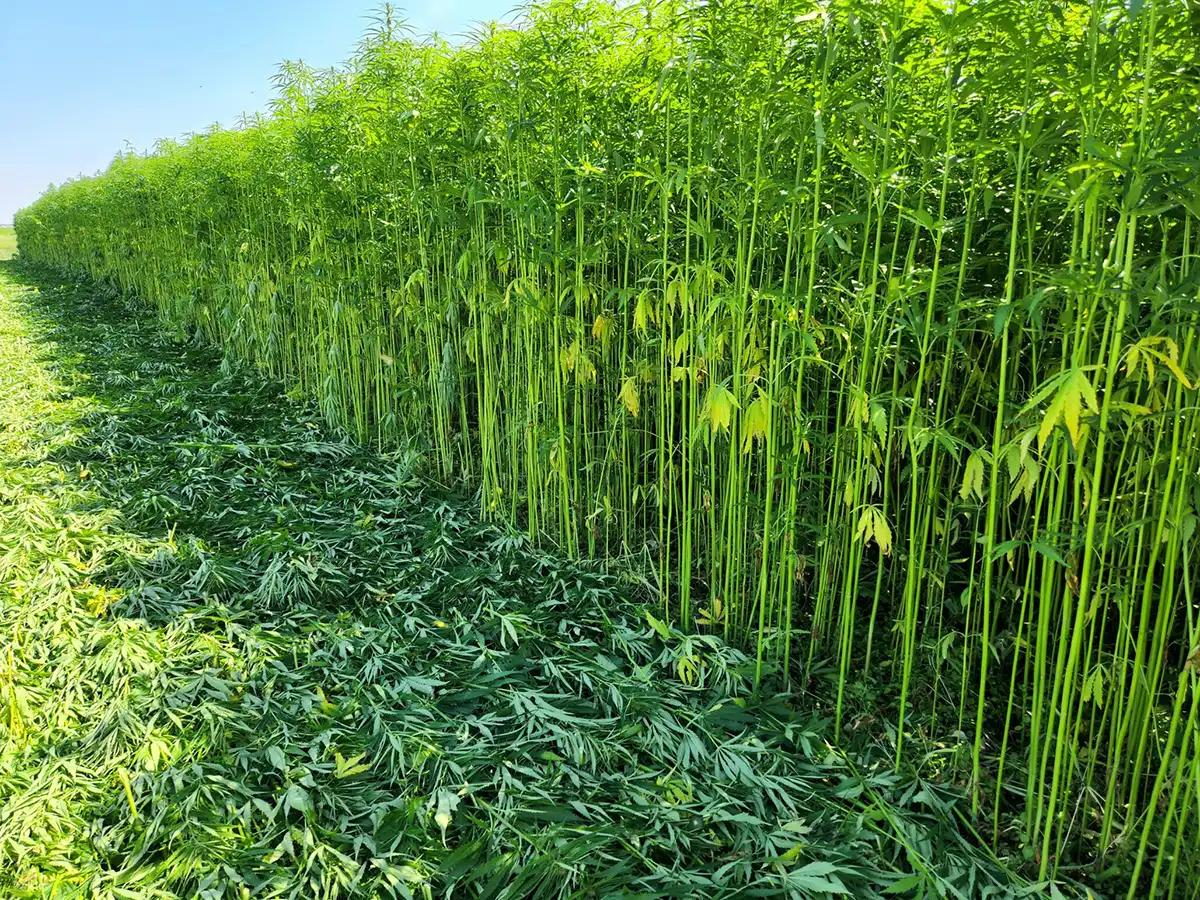The largest water-sharing agreements in Alberta’s 118-year history are now in place to help respond to the risk of severe drought, the province says.
After several dry years and El Niño producing a warm, dry winter across Canada, Alberta is at risk of severe droughts this year, especially in southern Alberta. Recent snowfall has helped, but the province’s winter snowpack remains below average, many rivers are lower than normal and multiple reservoirs are below capacity.
To help, 38 of the largest and oldest water licensees in southern Alberta have voluntarily agreed to reduce the water they use if severe drought conditions develop this spring or summer. These groups represent up to 90 per cent of the water allocated in the Bow and Oldman basins and 70 per cent in the Red Deer River basin. The landmark agreements will let more Albertans access water in a drought and reduce the negative impacts on communities, the economy and the environment.
“With these agreements, Albertans are once again coming together when times get toughest. They will help make the most of our limited water supplies and make every drop count if a severe drought hits this summer,” said Environment Minister Rebecca Schulz. “These irrigators, industry and municipalities are demonstrating the leadership, dedication and community spirit that makes this province great.”
Water use reductions and adjustments
These water-sharing agreements are at the centre of Alberta’s drought response efforts, according to the province. In 2001, agreements between southern irrigators and others played a key role in helping share water during that drought. This year’s agreements, facilitated by the Alberta government, are even bigger in scale and scope.
There are four water-sharing agreements, one to cover each of the following sub-basins: the Red Deer River, the Bow River, the mainstem of the Oldman River and the upper tributaries of the Oldman River. Specific commitments are laid out in each individual Memorandum of Understanding, but generally speaking:
- Participating municipalities will reduce water consumption by between five and 10 per cent.
- Participating industries will use only the minimum volume of water practical to maintain safe, reliable operations. They will also look for additional water conservation opportunities.
- Participating irrigation districts will use less water and allow other users to get their water first, then use the remaining water available for licensed use.
These collaborative agreements are voluntary. They are designed to be proactive, risk-based and agile enough to be adjusted in real time as conditions change.
The actual water amounts under the agreements will be updated every two weeks based on the latest water supply forecast. WaterSMART Solutions conducted advanced and highly technical drought modelling that provided a variety of hypothetical river flow scenarios and conditions. Using this information and current conditions, exact water use for the following two-week period will be adjusted as needed to ensure that water use doesn’t outpace supply.
“For many years, Alberta’s irrigation districts have been collaborating with the Government of Alberta and other water licence holders in the South Saskatchewan River Basin (SSRB) to progress responsible water use within the SSRB,” said Alex Ostrop, chair,f the Alberta Irrigation Districts Association. “The 2024 water-sharing agreements continue this important co-operation and put into action irrigation districts’ longstanding commitment to provide water for human use and livestock sustenance in times of extreme drought.”
Supporting the water-sharing agreement
The ultimate success of Alberta’s drought response will require everyone to do their part, including smaller licence holders and all Albertans, the province added.
To support the commitments made by the province’s largest water users, the Alberta government will also be working with smaller licence holders in these basins to request that they implement drought response measures and make similar water conservation commitments.
The Alberta government will play an active role implementing these agreements in the coming months. Specifically, the government will:
- Monitor conditions and alert water users if a signed agreement needs to take affect in a basin.
- Produce bi-weekly water supply forecasts that will be used to adjust the agreements as needed.
- Optimize operations at provincially owned infrastructure, including the Waterton, St. Mary, Oldman and Dickson reservoirs, to ensure that every drop is used.
- Optimize water storage in the Ghost Reservoir and Kananaskis-area reservoirs for flood and drought mitigation, as outlined in the Alberta government’s Water Management Services Agreement with TransAlta.
There are five triggers that will be considered when deciding if an agreement needs to be activated:
- Snowpack and moisture data;
- Final decisions by Irrigation Districts on water allocations per acre;
- Reservoir levels, river flows and expected 7-day precipitation forecasts;
- Water demand; and
- Local challenges or issues.
The government will receive peak snowpack data in late April. Once this is in, government and water users will begin meeting regularly to assess next steps.












